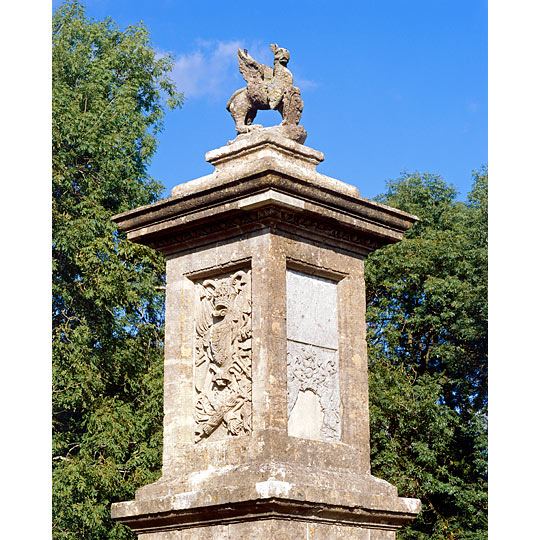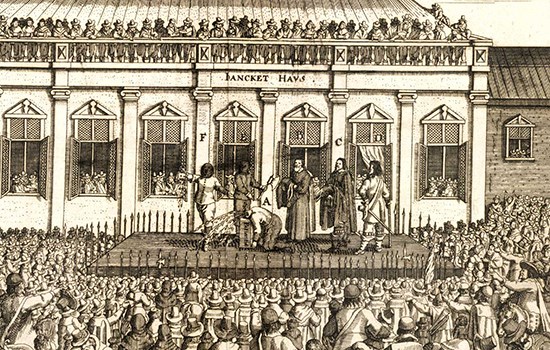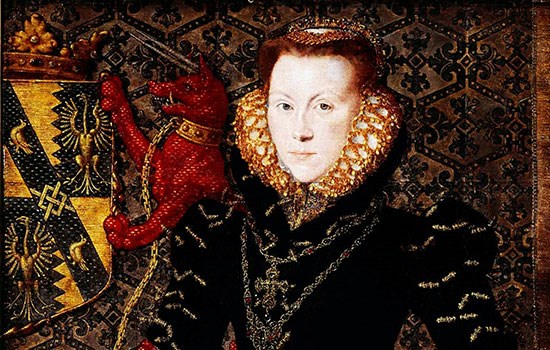History of Sir Bevil Grenville’s Monument
Standing on the edge of Lansdown Hill, this early 18th-century monument commemorates the heroic death of the Royalist leader Sir Bevil Grenville at the Battle of Lansdown in 1643.

The English Civil War
When King Charles I raised his standard at Nottingham on 22 August 1642, he had no professional army at his command. In the first years of the Civil War troops on both sides were recruited in time-honoured fashion: the nobility and gentry called out their dependants and tenants to fight on whichever side their masters favoured.
During the winter of 1642–3 four Cornish squires – Sir Bevil Grenville, Sir Nicholas Slanning, John Trevanion and John Arundel – raised a force of over 1,500 infantry that became the nucleus of the king’s Western Army.
When fighting was renewed in spring 1643, the king prepared to attack London and dissolve the alienated Parliament. Under the command of Sir Ralph Hopton the Western Army marched north-eastwards from Devon while Charles moved south from Oxford. Hopton was opposed by an old comrade-in-arms, Sir William Waller, who commanded the Parliamentarian forces in the west country.
Determined to prevent the two Royalist armies from joining together, Waller took up a strong position on the top of Lansdown Hill near Bath, from which his guns could block the Royalist advance along the London road (now the A4).
Sir Bevil’s Action
On 5 July 1643 Grenville’s Cornish infantry began fighting their way up the steep slopes to attack Waller’s guns.
It was an almost suicidal act of bravery. Twice the Cornish were beaten back, but the third time they reached and took the guns, fighting off a vigorous Parliamentarian counter-attack. It was in the course of this that Sir Bevil Grenville was killed. Even so, by nightfall the Royalists had won the battle; Waller retreated and the way was open for an attack on London.
At a time when many Englishmen still had doubts about the justice of the king’s cause and his methods of government, Grenville’s courage and the success of his Cornishmen had helped to inspire the Royalist war effort. The issues became much simpler on the battlefield – it was purely a matter of winning on the day. As William Cartwright put it, in the Elegy on Sir Bevil Grenville inscribed on the monument:
His was not Nature’s courage, nor that thing
We valour call, which Time and Reason bring –
But a diviner fury, fierce and high,
Valour transported into Ecstasy.
The Monument
It was Henry Grenville, Lord Lansdown, who erected the monument that now stands where his grandfather Sir Bevil died.
Standing 7.6 metres (25 feet) high, it carries an inscription on the south side describing the battle and two poems on the north side, and is surmounted by a griffin bearing the Grenville coat of arms. As a piece of architecture, it is typical of the flamboyant style known as English Baroque.
Trees have now grown up around the monument, which would once have commanded a fine view over the valley below. It is difficult today to imagine the horror of the Civil War battle that took place on this spot.
Further Reading
Kingross, J, Walking and Exploring the Battlefields of Britain (London, 1988)
Tolhurst, M, The English Civil War (London, 1992)
FIND OUT MORE



